Bob Dylan’s masterpiece? Well, you’ll certainly find a lot of backers of Blood On The Tracks, and we can understand that. As a double album, however, Blonde On Blonde gives you just a little bit more goodness on the whole.
Videos by American Songwriter
The album served as an exclamation point to the years 1965 and 1966, when Dylan released three stunning LPs bearing the fruits of his move to electric music. You know the music, but how well do you know the trivial ephemera hanging about the edges of Blonde On Blonde? Read on and find out.
Nashville or Bust
We all know where Nashville Skyline was recorded because the title gives it away. But that wasn’t the first time that Dylan recorded in the hallowed capital of country music. Dylan’s career up to Blonde On Blonde featured him recording in New York City at Columbia’s studios there. But his first attempts to get the songs for the new record down in the Big Apple frustrated him. Producer Bob Johnson suggested that they try Nashville, where the cream of the crop of session players could try their hand at Dylan’s narratives. It worked wonders for the album. For just one example, check out the silky electric guitar work of Wayne Moss and Joe South on “Stuck Inside Of Mobile With The Memphis Blues Again”.
Instrumental Insanity
The leadoff track and lead single from Blonde On Blonde, “Rainy Day Women #12 & 35” features a title that doesn’t have anything to do with the rest of the song. Its refrain, “Everybody must get stoned,” may or may not have been taken to heart in the studio. Accounts differ about whether Dylan and his session men were all inebriated while they recorded the song. But it is true that Dylan insisted on a somewhat chaotic recording atmosphere in the studio to capture this lighthearted track. To accomplish that, some of the players took on instruments with which they weren’t that familiar. Others found unique ways to play, such as Kenny Buttrey walloping the bass drum with a timpani mallet.
Critical Controversy
“But she breaks just like a little girl,” Dylan sings in “Just Like A Woman”. This line comes on the heels of him recounting all the things a woman can do, some of which aren’t necessarily flattering. For that reason, the song has long been a target of criticism for those who feel it displays sexist behavior on the part of the narrator. Over the years, many others have come to the defense of the song. Our take is that the narrator doesn’t necessarily have to represent the views of Dylan the person. In any case, it’s hard to imagine the guy in the song as anything but a wounded suitor with no malice meant towards his ex.
Dylan the Hitmaker
We don’t often think of Dylan as a singles artist. Over the years, he kind of stumbled into some hits with relatively uncharacteristic songs, a la “Lay, Lady, Lay” and “Gotta Serve Somebody”. But he’s often held up as a prime example by those who believe that the pop charts don’t often reflect the best music. Blonde On Blonde represented his peak as a singles act. “Rainy Day Women #12 & 35” came a hair away from giving him a no. 1 single. “Just Like A Woman”, as the third single from the album, hit the Top 40. Sandwiched in between them in terms of release, “I Want You” hit no. 20. You won’t find too many other albums from that era with three hits like that.
Beatles Bashing?
The Beatles and Bob Dylan generally operated within a mutual admiration society. The Fab Four credited Dylan for forcing them to up their songwriting game. And Dylan’s move to electric music only came about when he heard the dynamism of the Liverpudlians’ early songs. One moment where this relationship nearly faltered came when John Lennon heard Dylan’s “4th Time Around”. Although Dylan never confirmed as much, the song seems to mimic and subtly mock “Norwegian Wood (This Bird Has Flown)”, The Beatles’ own homage to Dylan. Lennon was initially upset but later wrote it off as just a bit of paranoia. In any case, Dylan would make good some five decades later with “Roll On John”, a touching tribute to Lennon and his band.
Photo by Val Wilmer/Redferns

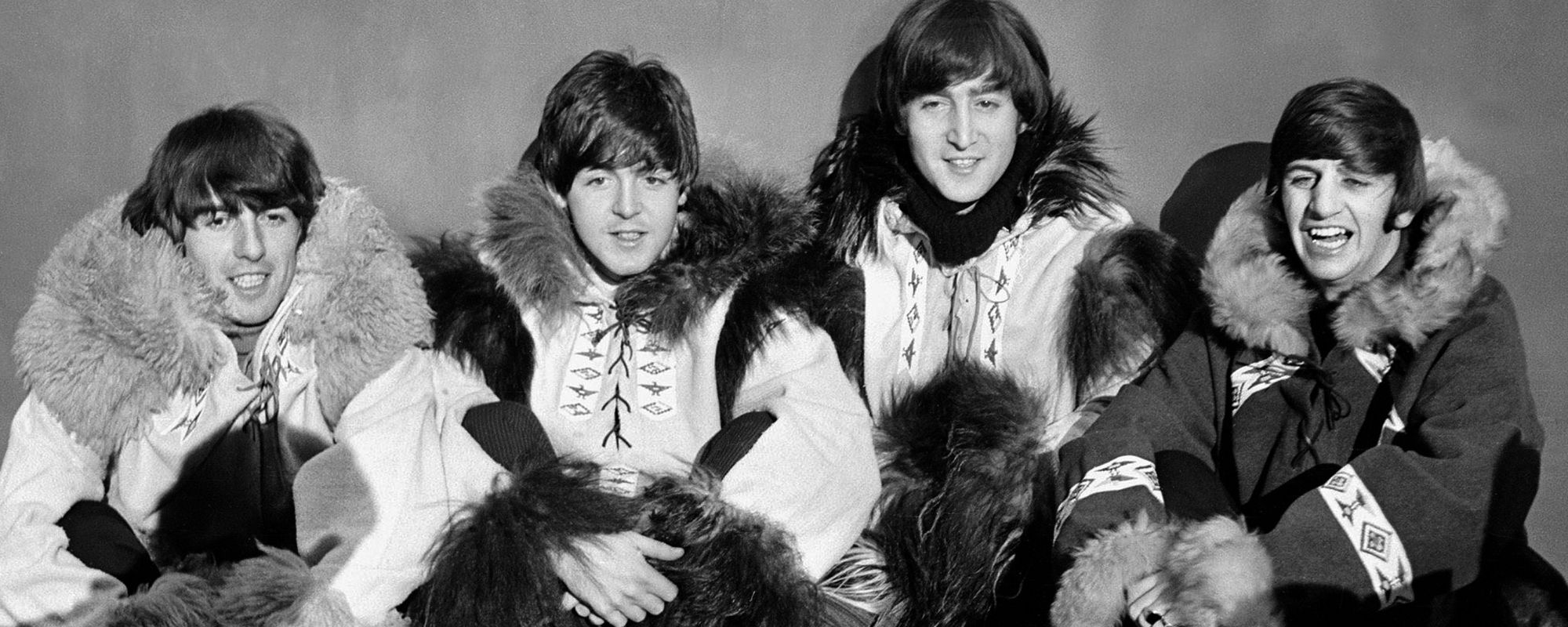
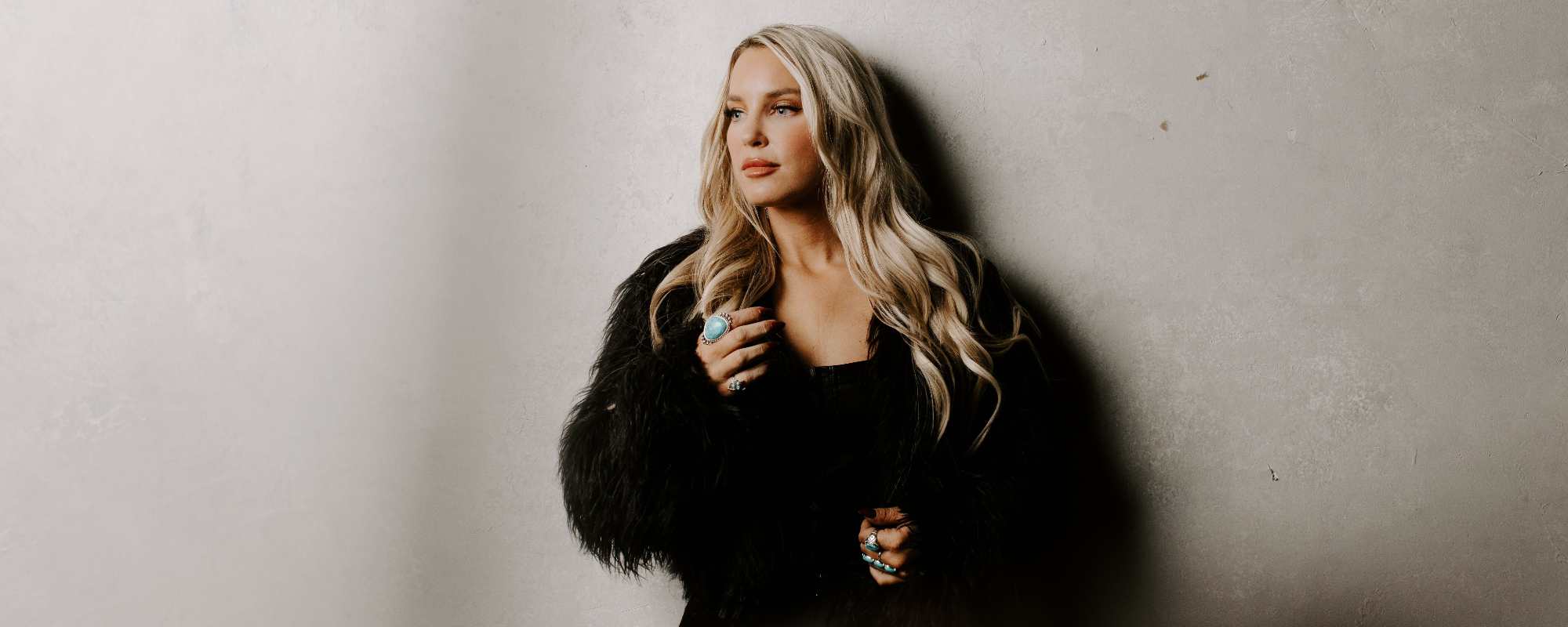

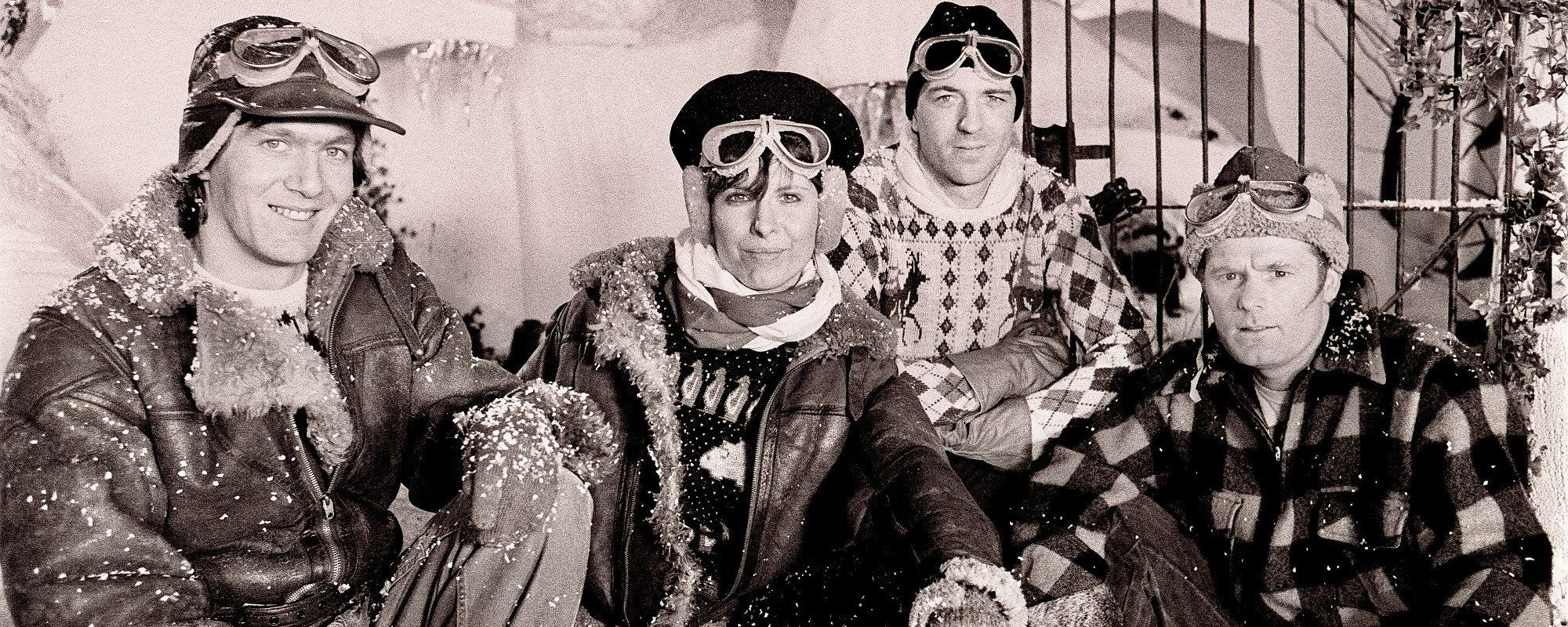
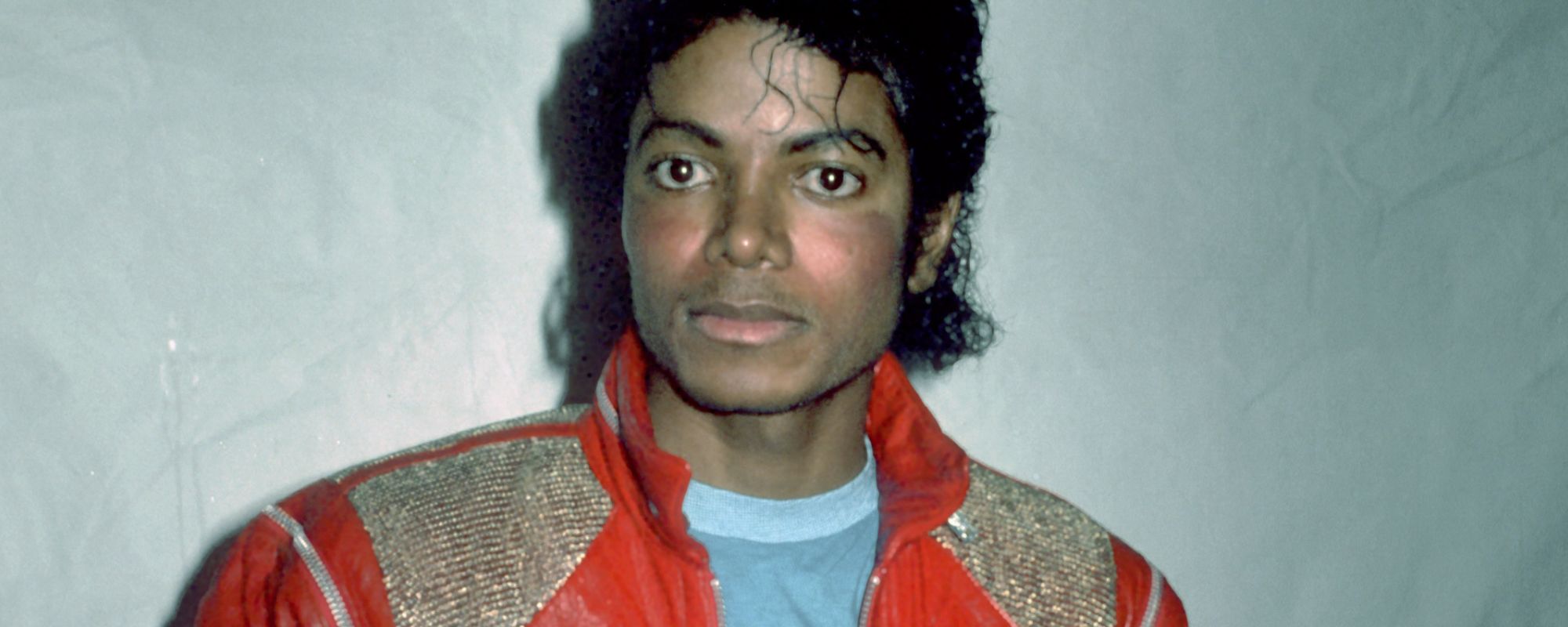
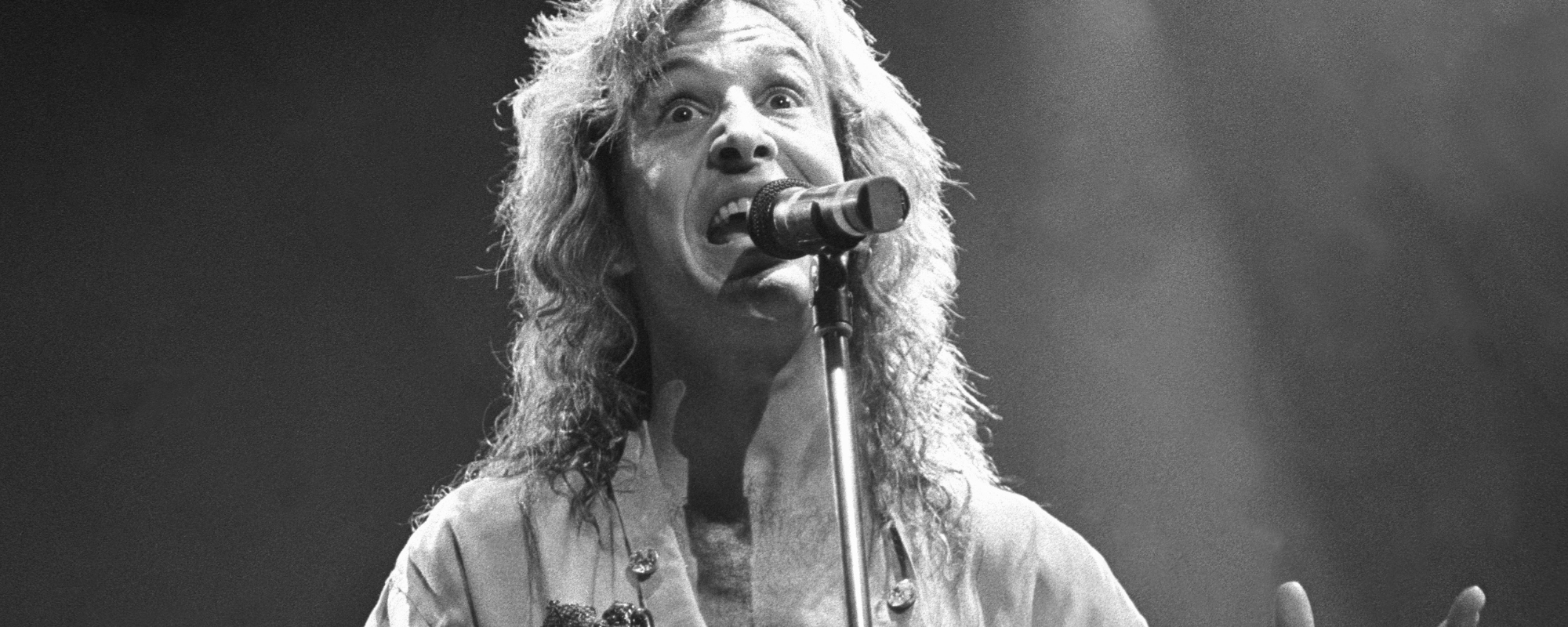
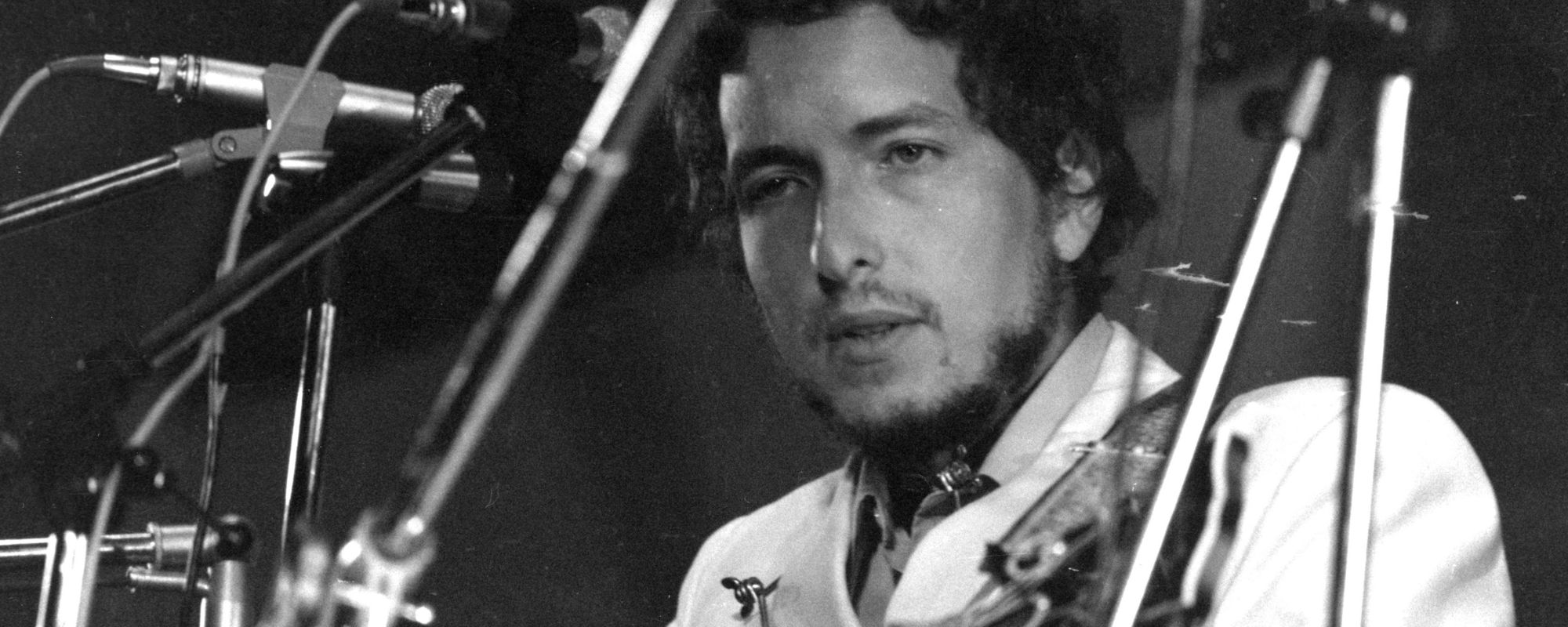
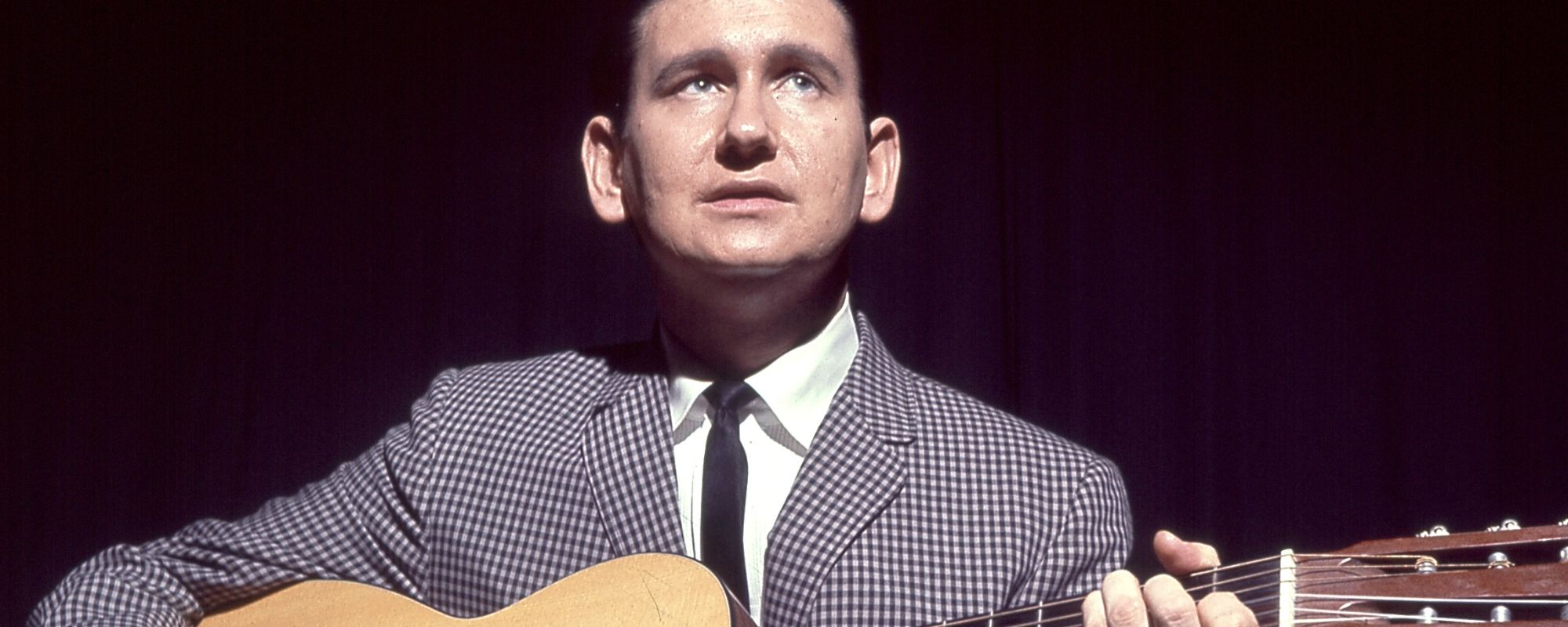




Leave a Reply
Only members can comment. Become a member. Already a member? Log in.